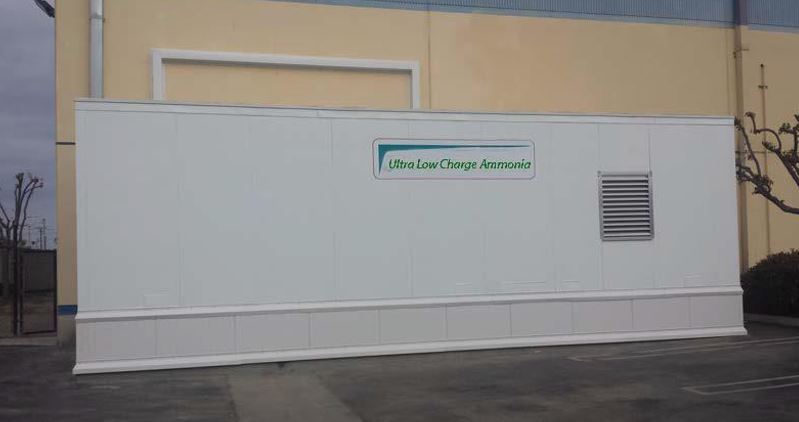Project Info
COMPLETE
 Project Title
Project Title
 Project Title
Project Title
Electronic Refrigerant Injection Control
Project Number ET13SCE7210 Organization SCE End-use Process Loads Sector Industrial Project Year(s) 2013 - 2015Description
This system eliminates the central engine room, long piping runs and associated parasitic losses with a traditional ammonia-based system. All components are energy optimized, fully automated, remotely monitored and auto DR ready. This assessment looks at low temperature (-15'F) refrigerated warehouse applications and will validate manufacturer performance claims
Project Report Document
Loading PDF Preview...
